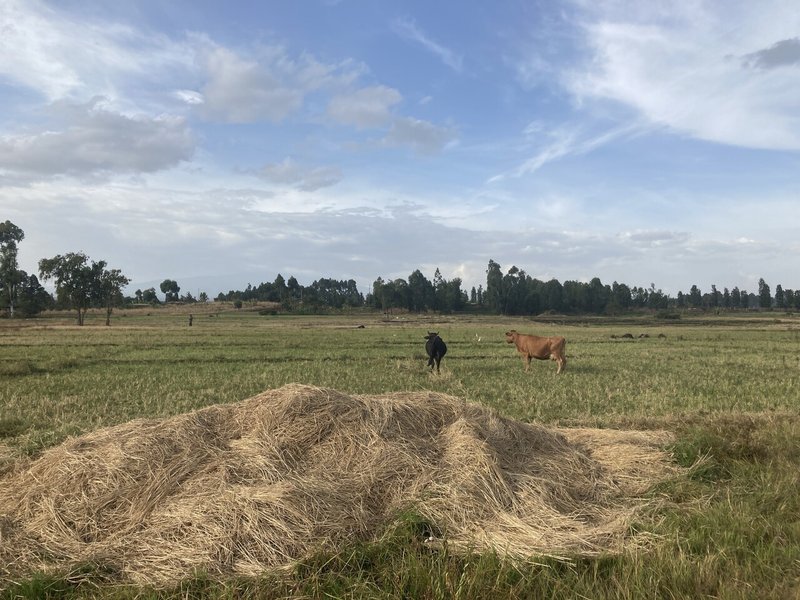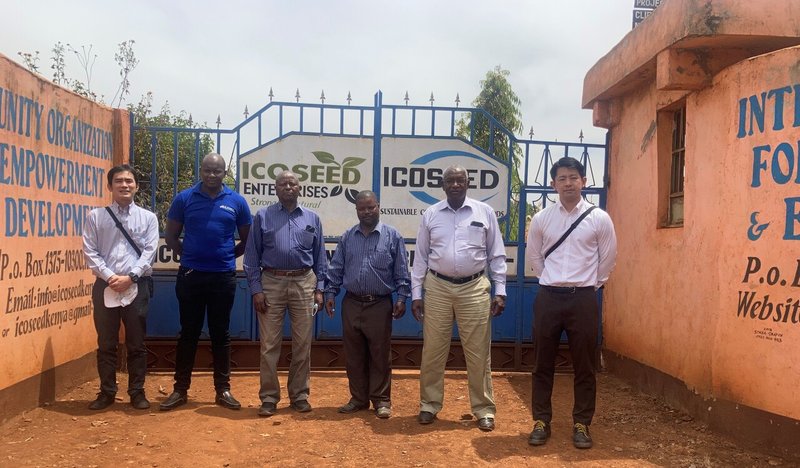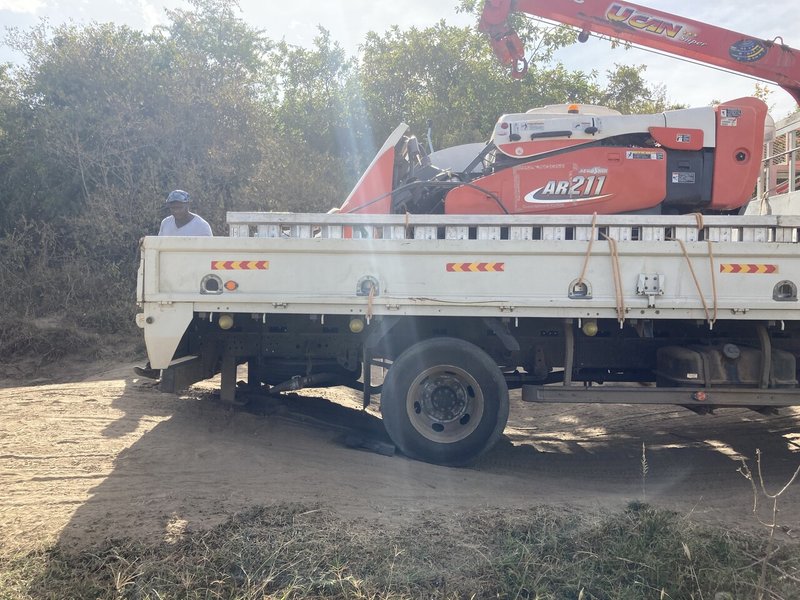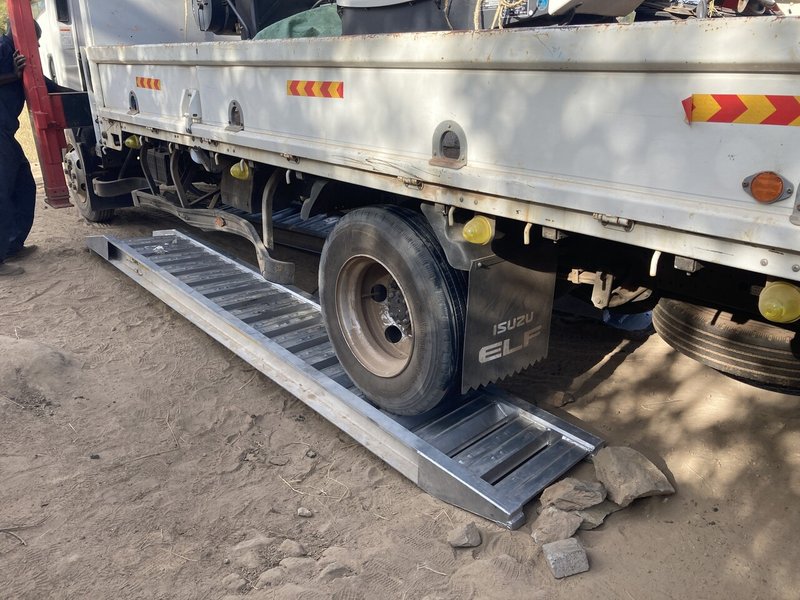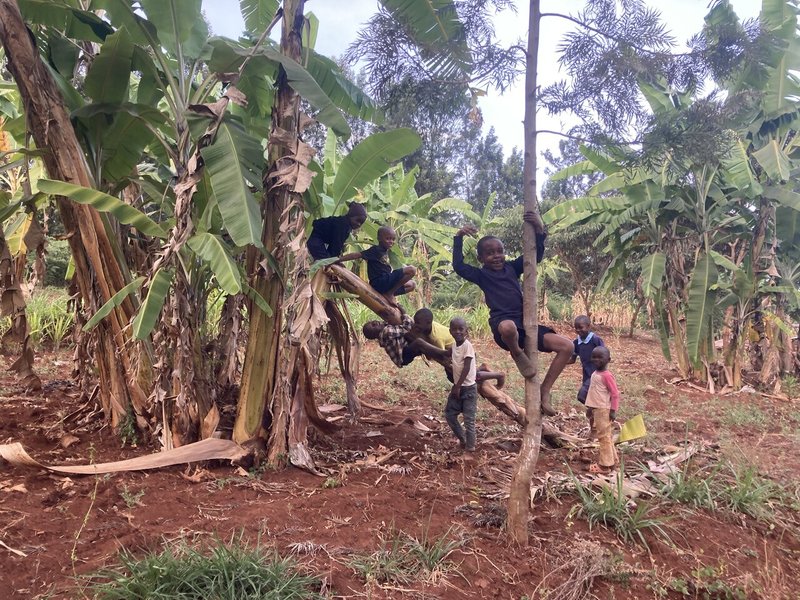I am Mikio Oyama, the CEO of KiliMOL.
Last week we were in Mwea, Kenya, about 100 km from the capital Nairobi, carrying out sales activities in what is Kenya's largest rice production area. This article gives an overview of Mwea and our activities there.
1. MWEA
Mwea is the largest rice growing area in Kenya and is located about 2 hours north of Nairobi at the southern foot of Mt. Kenya (5199m). It lies at approximately 1,000 meters elevation, with a current temperature range of 20°C in the morning to about 30°C in the evening. The Mwea Irrigation Scheme (MIS) uses the water resources of the Thiba and Nyamindi Rivers to irrigate an area in Mwea of about 9,000 hectares (about 22,000 acres). The area produces about 60% of Kenya's total rice production. Beginning the 1980s, the Japanese government has offered grant and technical cooperation, and thereafter many Japanese people have worked and contributed to irrigated rice cultivation, as well as local rice cultivation. Many overseas cooperation teams were present before COVID-19 and it is one of the most successful examples of Japan's contribution to the promotion of agriculture in Africa. Before the COVID-19 pandemic, many people from other African countries visited the region to see the fields in operation and learn from the MIS. In Kenya, the development of irrigation facilities for rice cultivation is also progressing in the area around Lake Victoria in the west, drawing on the example of Mwea. Also, projects in other areas are proceeding, spurred by the success of the Mwea project.
2. Activities so far
Last year (2021), I went on business trips to Mwea in March and September. During these trips we demonstrated the use of tractors, combine harvesters, rice planting machines, and small rice milling machines. For more details see the following YouTube videos:
1 March 2021 demonstration
2 September 2021 demonstration
Currently, we are focusing on the mechanization of rice planting, which has a lot of challenges, such as the difficulty in collecting transplanting laborers and raising the cost of labor.
3. Out Growers
MIS comprises of two groups: "Inside scheme" Growers and "Out growers" Growers. The ratio is 80% : 20% (See this map for details). KiliMOL's Kenyan staff have built a good relationship with ICOSEED, a local community-based NGO working mainly with out growers. We visited them and discussed future collaboration.
This time, ICOSEED introduced us to some farmers who need our rotavator service. In the field, the work is done by using disk plows pulled by large tractors made by European and American manufacturers, and the use of rotaries is rarely carried out. First, we need to show farmers that Japanese small agricultural machines can be used effectively and that they can lead to improved rice production. When I asked a woman who owned farmland about how she felt about our rotary service, I received a broad smile in return. I believe that the usefulness of small Japanese agricultural machines such as the ones demonstrated will become widely accepted and used.
4. The truck was stuck.
In Japan, many roads are paved, even in the countryside. However, in Kenya paved roads are rarer in the countryside. On one occasion our truck became stuck on a steep rise in the ground while transporting a farm machine. The truck had outriggers (a device for stabilizing a vehicle body which are projected to the side and grounded when the crane arm is extended or an object is suspended). This means there are two legs underneath at the back of the vehicle. It was these that became caught on the incline causing the rear wheels to become raised and lose traction. In the end, we further raised the truck using the outrigger and laid a ladder under the wheels before lowering the truck. In this way we successfully released the truck. You may think why didn’t we use a large high floor truck, but this would have caused difficulties loading and unloading agricultural machinery. This would have increased the risk of damaging the machinery so we chose to use a truck from the point of view of safety. Access to work places can be a big issue in Kenya and it was necessary to set rules and conduct screening before undertaking work.
We also encountered other difficulties during our fieldwork, but we learned a lot during the week. We will utilize all of this experience in our future activities in Kenya.
Finally, a fun photo. Here is a banana tree being used as a slide. Nature can provide the playground equipment for children👍
I will continue to work in Mwea next week as well.


